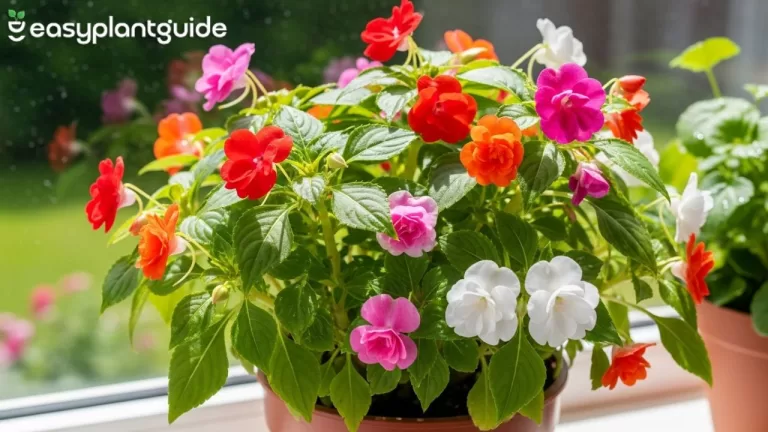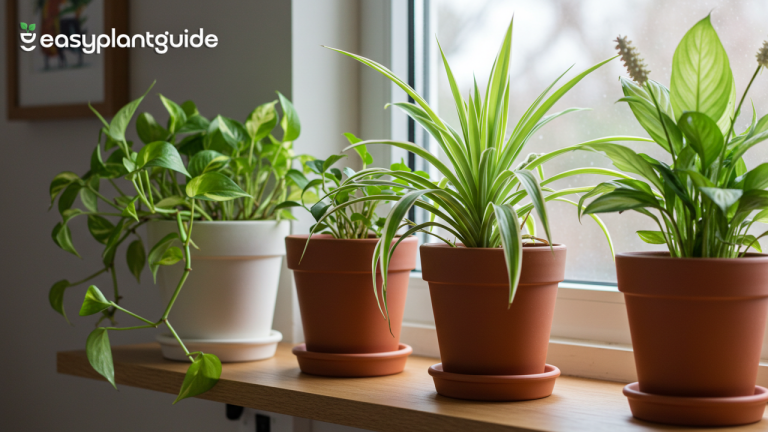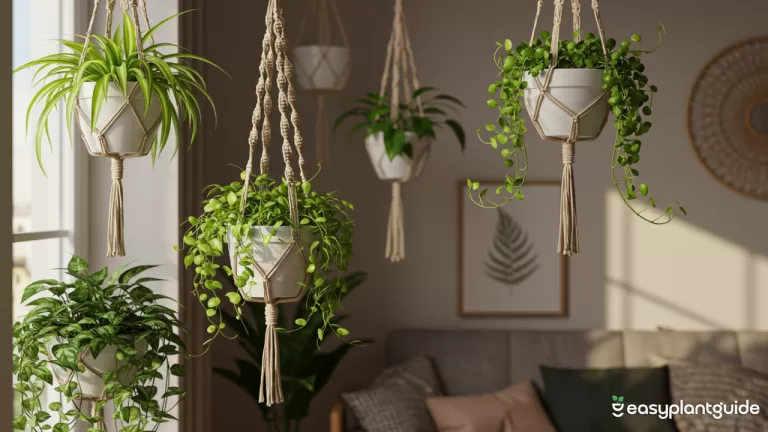Sunflower Miniature: 7 Surprisingly Joyful Secrets
Miniature sunflowers prove that big beauty can come in small sizes. The sunflower miniature variety brings bright golden blooms to small spaces like balconies, windowsills, and even office desks. Easy to grow and simple to care for, these cheerful plants are perfect for beginners and small-space gardeners. Let’s explore how to grow and enjoy them!

What Is a Sunflower Miniature?
A sunflower miniature, also known as a dwarf sunflower, is a compact and space-friendly version of the classic sunflower. While traditional sunflowers can grow tall and dramatic—reaching heights of 6 to 12 feet—miniature sunflowers are bred to stay small and manageable, typically growing only 6 inches to 3 feet tall. They are perfect for people who love sunflowers but don’t have the space for giant plants.
Despite their reduced size, these tiny sunflowers still bring the same bright energy and beauty as their larger relatives. They feature vibrant yellow petals, dark brown or black centers, and strong green stems, just in a more delicate form. Many miniature varieties produce multiple blooms per plant and thrive in pots, containers, balconies, window sills, or small gardens. Their compact size and easy growth make them a favorite for beginners, kids, and urban gardeners looking to enjoy nature in limited space.
Why Choose Miniature Sunflowers?
Miniature sunflowers are becoming increasingly popular, and for good reason. These compact beauties bring all the charm of traditional sunflowers in a smaller, more manageable size. Whether you live in an apartment, have limited space, or simply want cheerful flowers around your home, sunflower miniature plants are a fantastic choice for any lifestyle. There are many reasons people love sunflower miniature plants. They thrive in small pots, containers, and even tiny garden spaces, making them perfect for balconies, patios, and windowsills.
They are also low-maintenance and beginner-friendly, so even if you’re new to gardening, you can grow them with ease. Mini sunflowers grow quickly and bloom within 50–70 days, allowing you to enjoy beautiful flowers in a short amount of time. They are also non-toxic, making them safe for homes with children or pets. Most importantly, they are highly versatile and can brighten up both indoor spaces and outdoor gardens with their sunny, uplifting charm.
Popular Miniature Sunflower Varieties
These are some beautiful varieties to consider:
5 Best Mini Sunflower Seeds to Grow
- Teddy Bear – Fluffy and double-petaled
- Little Becka – Red-orange petals with yellow tips
- Sundance Kid – Compact and bushy
- Sunspot – Classic yellow, only 12 inches tall
- Pacino Gold – Small but produces many blooms
Growing Mini Sunflowers Indoors
Growing a sunflower miniature plant indoors is simple, enjoyable, and perfect for anyone who wants to add a touch of nature to their home. These compact sunflowers adapt well to indoor environments and thrive with just a little care. The key to successfully growing them indoors is choosing the right container, location, and soil. To begin, select a pot that has drainage holes to prevent water from collecting at the bottom and damaging the roots. Place your sunflower miniature near a sunny window where it can receive at least six hours of direct sunlight each day, as sunlight is essential for healthy growth and vibrant blooms.
Use light, well-drained soil to give the roots enough room to breathe and absorb nutrients. Water the plant only when the top layer of soil feels dry to the touch to avoid overwatering. It is also helpful to rotate the pot once a week so that all sides of the plant receive equal sunlight, ensuring even growth and a strong, upright stem. Growing sunflower miniature plants indoors is a rewarding experience that fills your space with color and life.
How to Grow Mini Sunflowers Outdoors
If you have a balcony, backyard, or small garden space, growing sunflower miniature plants outdoors is a fantastic option. Outdoor sunlight helps them grow stronger, produce larger blooms, and develop rich colors. Mini sunflowers adapt well to outdoor environments and require very little effort to thrive.
Steps to Grow Sunflower Miniature Outdoors
- Choose a sunny location where your plants will receive at least 6–8 hours of direct sunlight each day, as sunlight is essential for strong growth and bright flowers.
- Plant sunflower miniature seeds about ½ inch deep in rows or individual pots, spacing them 6–8 inches apart to allow room for growth.
- Keep the soil consistently moist during the first two weeks until the seeds sprout, but avoid waterlogging the soil as this can rot the roots.
- Thin the seedlings once they grow a few inches tall by removing weaker plants, ensuring each healthy plant has enough space to develop properly.
- Protect sunflower miniature plants from heavy winds by placing them near a wall, railing, or using small stakes for support to prevent bending or breakage.
Caring for Sunflower Miniature Plants
Soil Requirements
For healthy growth, a sunflower miniature plant needs well-drained, nutrient-rich loamy soil. This type of soil provides the right balance of moisture retention and air circulation, allowing the roots to breathe and spread easily. The ideal soil pH should be between 6.0 and 7.5, which helps the plant absorb nutrients efficiently. Avoid using heavy clay soil because it holds too much water, leading to poor drainage and potential root rot. Adding compost or perlite can greatly improve soil quality and support the overall growth of your sunflower miniature plant.
Sunlight Needs
A sunflower miniature thrives in bright environments and needs 6–8 hours of direct sunlight every day. Sunlight plays a major role in energy production through photosynthesis, which helps develop strong stems and large, healthy blooms. Without enough sunlight, sunflower miniature plants may grow weak, tall, and leggy, with fewer flowers. The best place for growing them outdoors is an open area without shade, while indoors, placing them near a south-facing window ensures maximum light exposure.
Fertilization Tips
To support strong growth and blooming, it is helpful to feed your sunflower miniature with a balanced liquid fertilizer, such as 10-10-10 or 20-20-20, once every two weeks. These fertilizers provide essential nutrients like nitrogen, phosphorus, and potassium. However, over-fertilizing can cause the plant to produce more leaves than flowers, reducing its beauty. Always follow proper dilution instructions and fertilize only during the active growing season to encourage bright, healthy flowers.
Seed Harvesting
Harvesting seeds from a sunflower miniature plant is easy and rewarding. Once the flower has finished blooming and the back of the head turns brown, allow it to dry naturally on the stem. This indicates that the seeds are fully mature. Gently rub or shake the center of the dried flower to collect the seeds. You can store these seeds for replanting next season, roast them for snacking, or even use them as bird feed. Saving seeds from your sunflower miniature plants also helps you enjoy their beauty year after year without buying new seeds.
Common Problems and Solutions
Even though sunflower miniature plants are easy to care for, many gardeners still face small issues that can affect growth and blooming. Understanding these common problems and fixing them early will help your sunflower miniature garden stay bright, healthy, and long-lasting.
1. Yellow Leaves
Cause: Overwatering
Solution: Improve Soil Drainage
Yellowing leaves are one of the most common issues seen in a sunflower miniature plant. This usually happens because the roots sit in water for too long, leading to root rot. These compact sunflowers prefer slightly moist soil—not waterlogged soil. Make sure your pot has enough drainage holes and mix in sand or perlite to improve water flow. Allow the top layer of soil to dry before watering again.
2. Stunted Growth
Cause: Lack of Sunlight
Solution: Provide Full Sun Exposure
If your sunflower miniature plant looks small or is not growing properly, it may not be getting enough sunlight. These sun-loving flowers need 6–8 hours of bright direct sunlight to grow strong and healthy. Place your sunflower miniature in a sunny spot such as a balcony, terrace, or open garden area. Without enough light, the plant will remain short and weak.
3. Weak or Bending Stems
Cause: Nutrient Deficiency or Poor Support
Solution: Use Stakes and Balanced Fertilizer
Thin or bending stems are another common issue in sunflower miniature plants, especially when they grow quickly. Weak stems usually mean the plant is not receiving enough nutrients or needs support. Add a balanced fertilizer like 10-10-10 once a month to strengthen the stem. If the plant grows too tall, gently tie it to a small bamboo stick or support stick to prevent bending in wind or rain.
4. Pest Attack
Cause: Aphids, Caterpillars, or Spider Mites
Solution: Use Neem Oil or Soap Spray
Pests are a serious threat to sunflower miniature plants. Tiny insects like aphids suck plant sap, causing leaves to curl and new buds to dry. Caterpillars may chew on leaves and petals. To protect your plant naturally, spray a solution of neem oil and water once a week. For heavy pest attack, use an organic insecticidal soap spray.
5. No Flowers
Cause: Too Much Nitrogen Fertilizer
Solution: Use Bloom Booster Fertilizer
If your sunflower miniature has healthy green leaves but no flowers, it is likely getting too much nitrogen. Nitrogen promotes leaf growth but prevents blooming. Stop using high-nitrogen fertilizer and switch to a bloom booster fertilizer rich in phosphorus, like 5-10-5. Make sure the plant is also getting enough sunlight because sunflower miniature flowers open only under bright light conditions.
Creative Uses of Mini Sunflowers

Sunflower miniature plants are not just easy to grow—they’re also fun to use in everyday life.
- They brighten up homes as natural décor on windowsills, desks, or balconies.
- They make thoughtful and lasting gifts for friends and family.
- They are perfect for wedding or party table decoration.
- They can be used in DIY crafts like dried flower art or handmade cards.
- They work great as props in photography for a warm and cheerful look.
Sunflower Miniature vs Regular Sunflower
| Feature | Mini Sunflower | Regular Sunflower |
|---|---|---|
| Height | 6 inches – 3 feet | 6–12 feet |
| Space Required | Small pots | Large garden |
| Growth Time | 60–70 days | 80–100 days |
| Suitable For | Indoors & outdoors | Outdoors only |
| Maintenance Level | Easy | Medium |
Conclusion
The sunflower miniature is proof that beauty doesn’t always come in large sizes. These tiny versions of nature’s happiest flower are easy to grow, versatile, and full of charm. Whether you’re a beginner or experienced gardener, mini sunflowers bring nature’s joy into even the smallest spaces. Start planting today and let happiness grow—one mini sunflower at a time!
Explore more plant blogs and grow your green journey with us.







